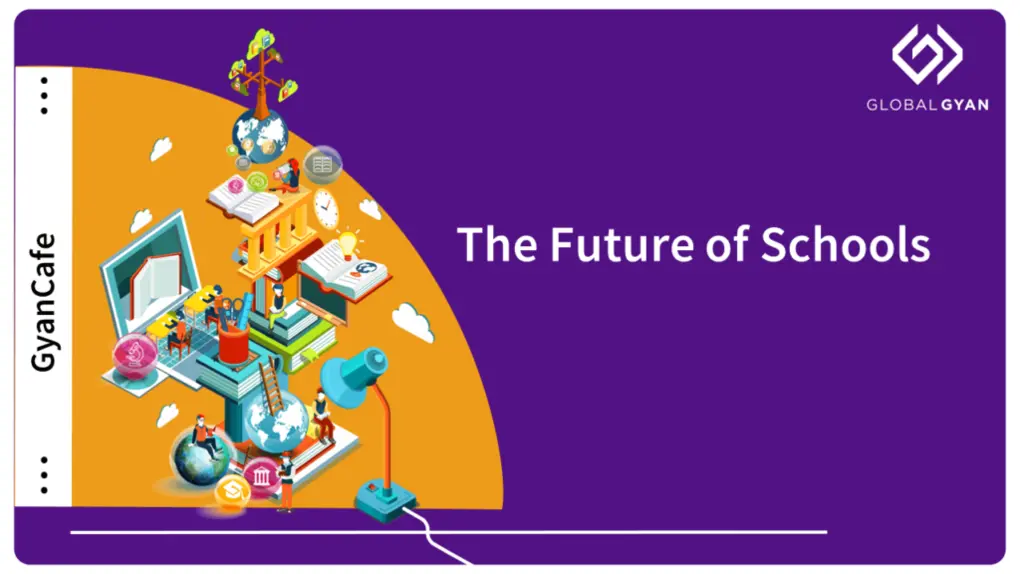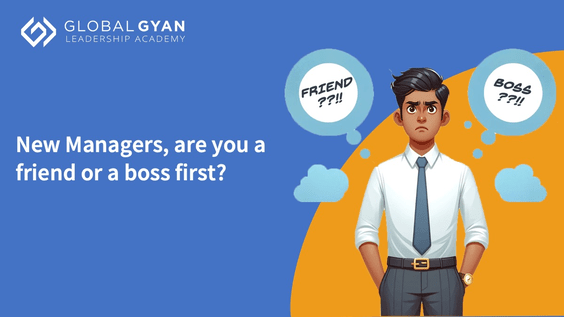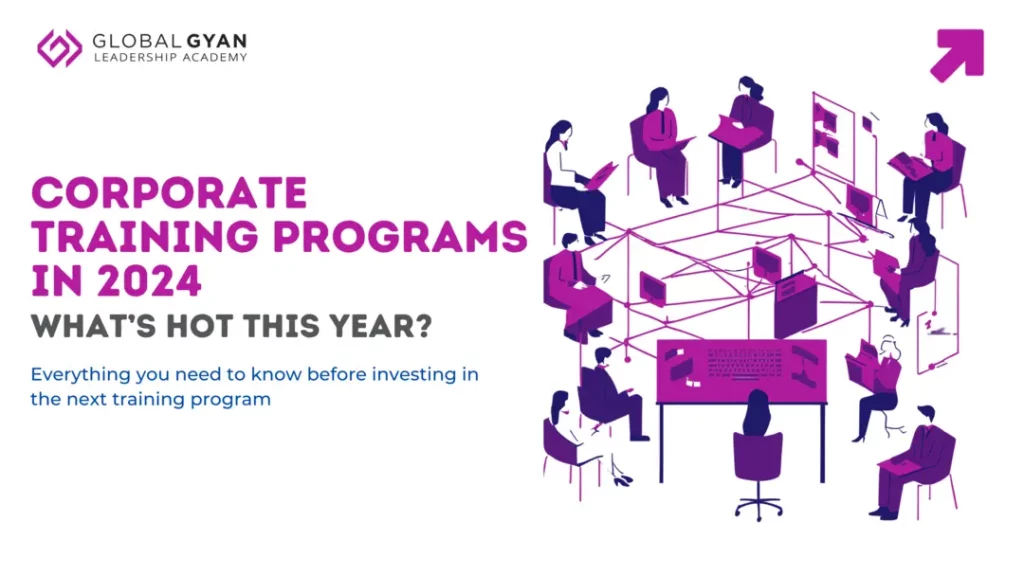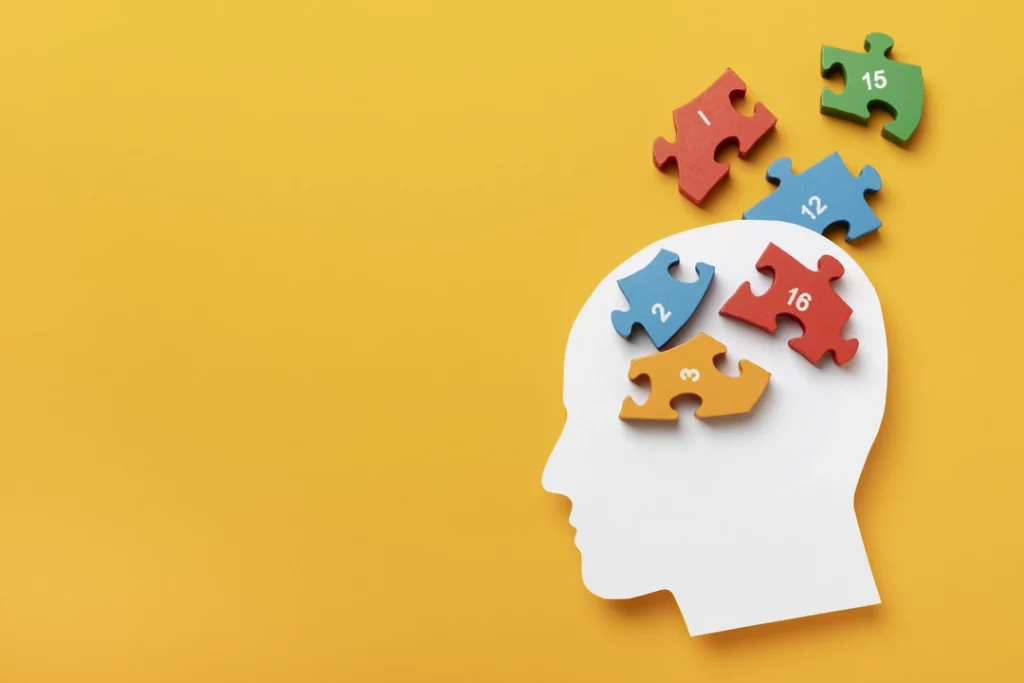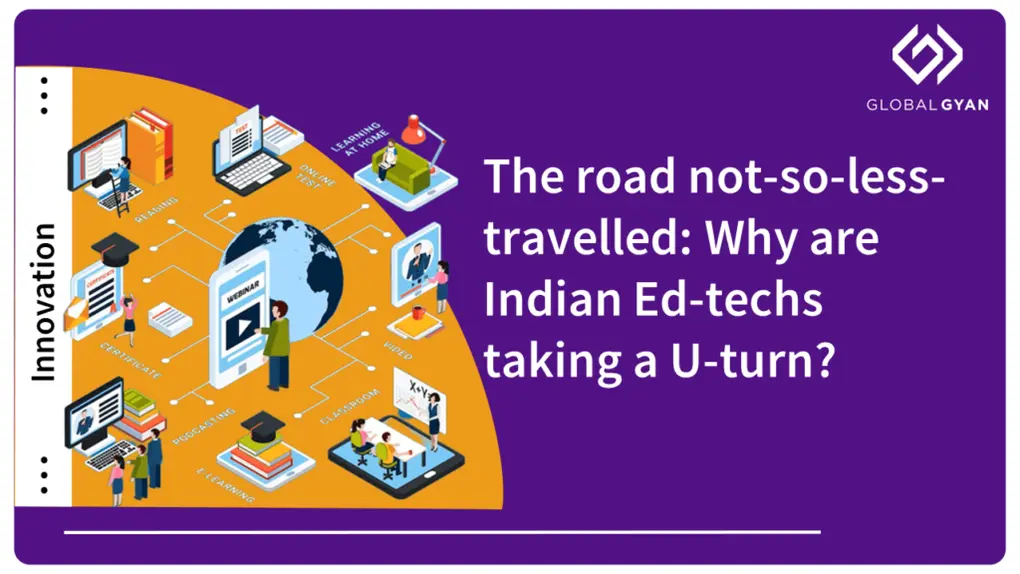What I Learnt about Learning from the Bhagawad Gita
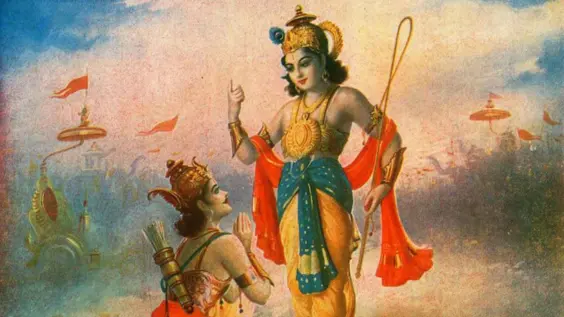
The Bhagawad Gita is one of the greatest texts of learning ever. I recall that we used to read a few shlokas from the Gita every morning in the school assembly but that was only for a couple of years. However, I must admit that what I know about the Gita is very little. Recently, as I observed my wife immerse herself in the Bhagawad Gita, something interesting struck me about the idea of learning itself. So, here is what I learnt about learning from the Bhagwad Gita.
1. Importance of Ongoing, Professional Education
Even before the battle of Kurukshetra, Arjuna was a very learned person. Under the great guru Dronacharya, Arjuna (along with all his brothers and cousins) had learnt all that any prince of those times had to learn. In fact, Arjuna received additional learning and shastras (tools) during the exile period.
Yet, such an educated and learned warrior was faced with a huge dilemma, a dharmasankata as he went into battle. You can never be sufficiently learned or prepared. Just reading books or watching videos does not lead to learning. The biggest questions arise when we are faced with difficult choices, on the job. And therefore, the best or most valuable learning happens when you realise that you do not know enough.
If Arjuna needed professional advice, so does everyone.
2. The Role of a Coach and a Mentor
Arjuna realised his weakness and his inability to perform his duty, but he did not hide it. He laid bare his ignorance and sought advice. And boy, was he fortunate! He had access to the best coach of them all. Sri Krishna revealed all that was there to know about knowledge, devotion, action and meditation.
Interestingly, the Gita is not a monologue but a dialogue between the coach and the learner, a series of questions and answers. It is only when the learner asks questions, however stupid they might appear, that knowledge is revealed. Sri Krishna was available to Arjuna at all times, as a friend and relative, but it was only when the latter reached out to Him as a coach, with a dilemma that this conversation happened.
Every professional and leader needs a coach, because you never know when you will need one.
3. Use of Technology for Transmission of Knowledge
The conversation between Arjuna and Sri Krishna was a private one, in a battle-field. Yet, it was revealed to all of us. This happened because Sanjaya had the gift of divya-drishti (the ability to see things at a distance) and he narrated the events of the battle to Dhritarashtra. This was further codified by Sage Vyasa in a written form, with Lord Ganesha as his scribe.
I find this metaphor extremely powerful. In ancient days, knowledge transfer and scalability was ensured through memorisation, recitation and train-the-trainer. Today, we have different technologies. Whatever the method, it is necessary that deep knowledge creation which happens during intense coaching sessions is codified and made accessible to a larger audience. The benefits of knowledge are not to be restricted to only those who have direct access to the coach.
If Arjuna’s learning did not remain exclusive to him, we must strive for the democratisation of knowledge-access through technology.
One more thing… learning is a dual path activity. Each of us plays the role of the coach and the learner, depending on the context. We often fail because we do not recognise the core characteristics of each of these roles.
On the occasion of Teachers’ Day, I received many messages from those who had attended a learning program with me. What was gratifying was that, years later, they valued the small contribution that I might have made to their lives.
The next day, I watched a live session conducted by my daughter’s junior college. The head of the school, Soraya Hassen spoke about how they had adopted virtual platforms & systems to recreate the school’s unique learning environment. Then she asked my daughter to make a brief presentation. As Leela spoke about the students’ creative initiatives, I noticed Soraya. Her face was glowing with joy and pride. You could see a teacher who was thrilled to hear her students’ success stories
That is the unique bond a learner and a coach share. The coach’s joy and pride of seeing her students grow and succeed. The respect and admiration of a lifetime that learners have for the guru. A relationship that may be created by time and money, but that is not limited by time or money.

